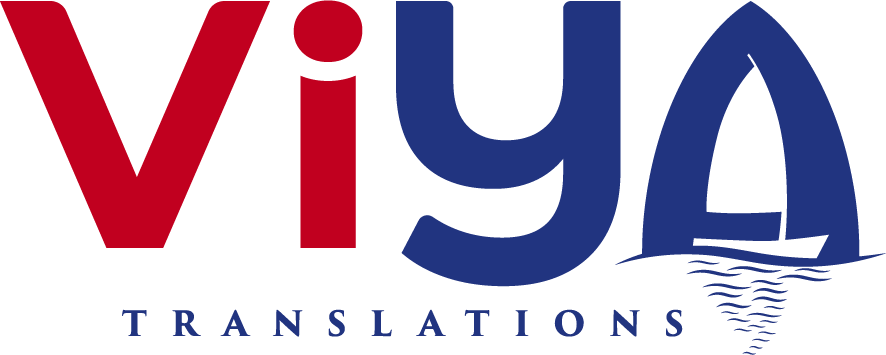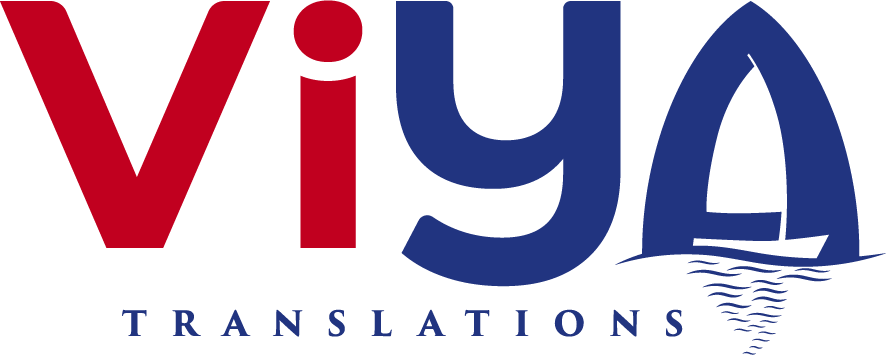TM Management
A translation memory or briefly TM, is a database that stores segments that have been previously translated. A translation-memory system stores the words, phrases and paragraphs that have already been translated and aid. The translation memory stores the source text and its corresponding translation in language pairs called “translation units”.
Translation memory managers have some benefits for translating technical documentation and documents containing specialized vocabularies. These benefits include:
Ensuring that the document is completely translated (translation memories do not accept empty target segments)
Ensuring that the translated documents are consistent, including common definitions, phrasings and terminology. This is important when different translators are working on a single project.
Enabling translators to translate documents in a wide variety of formats without having to own the software typically required to process these formats.
Accelerating the overall translation process; since translation memories “remember” previously translated material, translators have to translate it only once.
Reducing costs of long-term translation projects; for example the text of manuals, warning messages or series of documents needs to be translated only once and can be used several times.
For large documentation projects, savings (in time or money) thanks to the use of a TM package may already be apparent even for the first translation of a new project, but normally such savings are only apparent when translating subsequent versions of a project that was translated before using translation memory.

